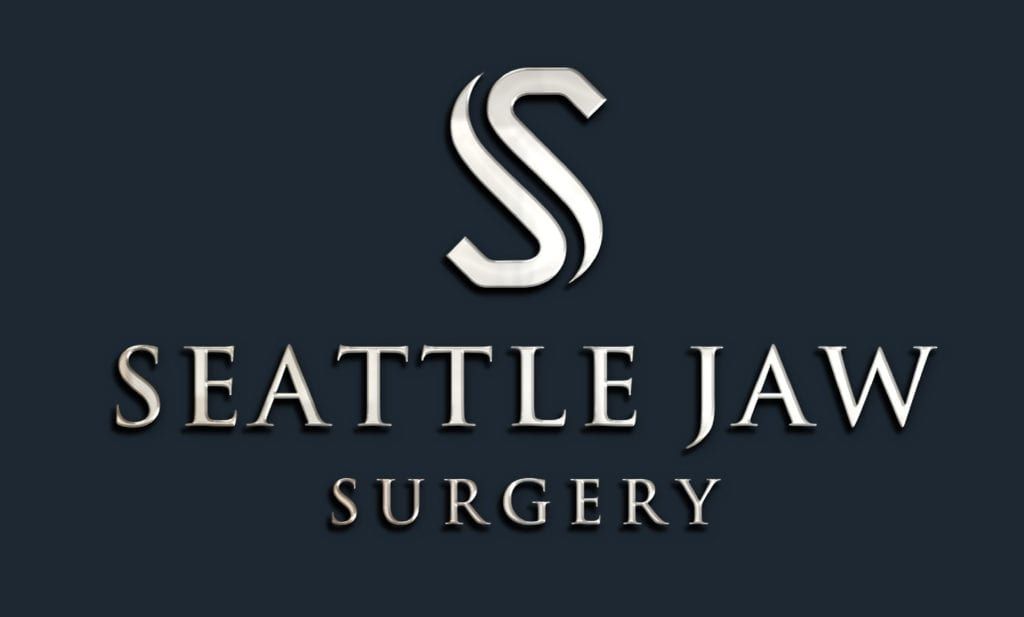After wisdom teeth, the canine teeth are the next most common teeth to be impacted. The treatment for this condition varies and is often determined by your orthodontist. In some cases, the canine tooth may need to be removed. In other cases when there is space the tooth will need to be surgically exposed. An orthodontic bracket can be bonded to the tooth and a chain connected to the bracket will allow your orthodontist to aid in its eruption.
This procedure is most commonly completed under sedation in the office. After you are asleep the tooth is accessed surgically. An orthodontic bracket is bonded to the tooth and an attached chain is secured to your braces with a wire or stitch. Any incisions are closed with stitched that do not have to be removed. Later, your orthodontist with put traction on the tooth to help it erupt.
It is common to have a small amount of swelling and soreness in your mouth after this procedure. These will begin to improve after about three days in most cases. You may be prescribed medications and should take them exactly as they are written. Your oral surgeon will recommend eating only soft foods during the first several days following your procedure. It is also important to follow all instructions for post-surgical care, including cleaning the surgical site. Be sure to contact your surgeon if you experience any fever or discomfort that worsens after about three days.
